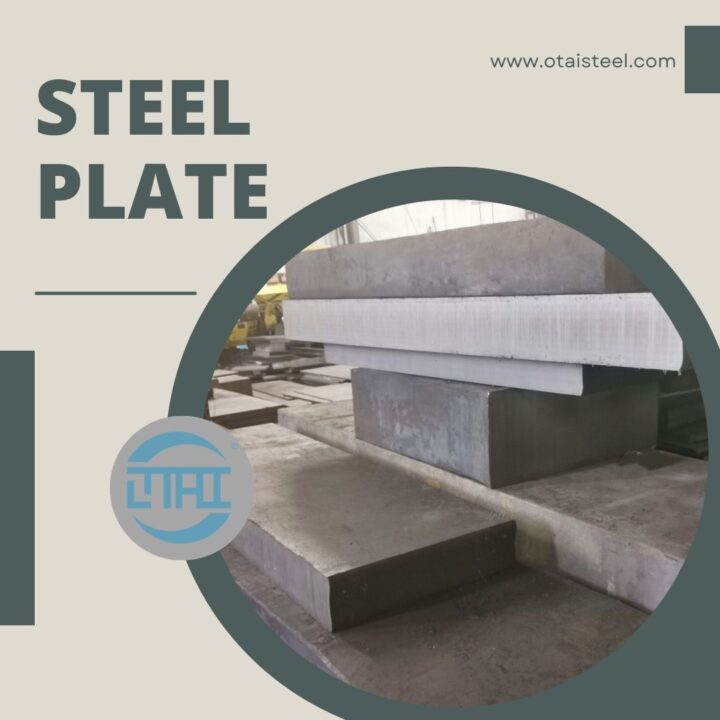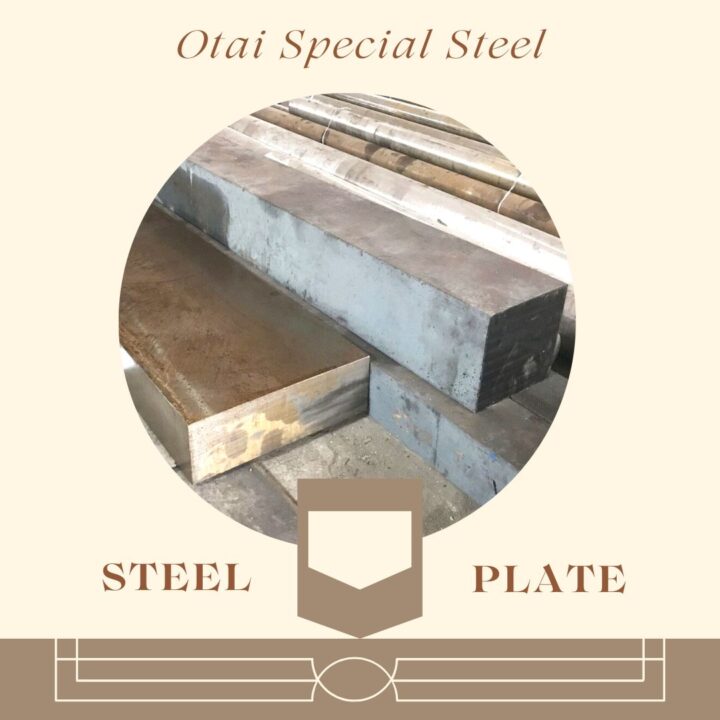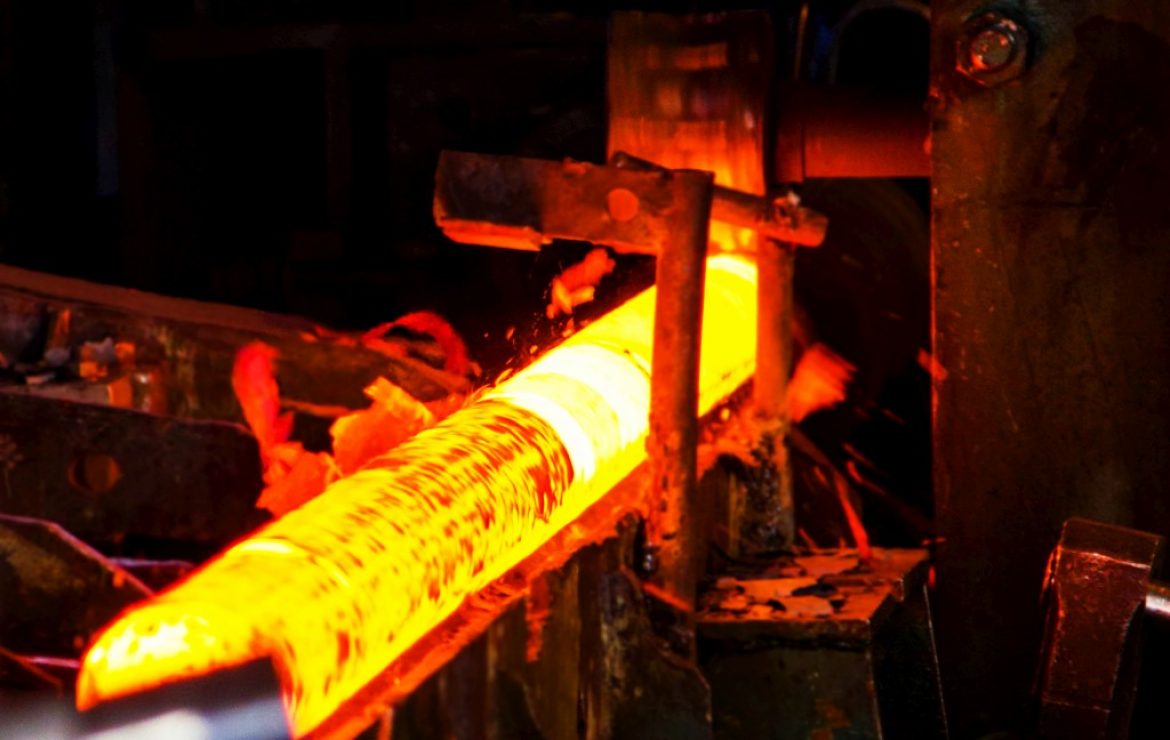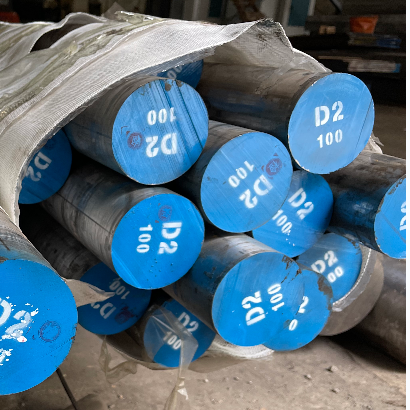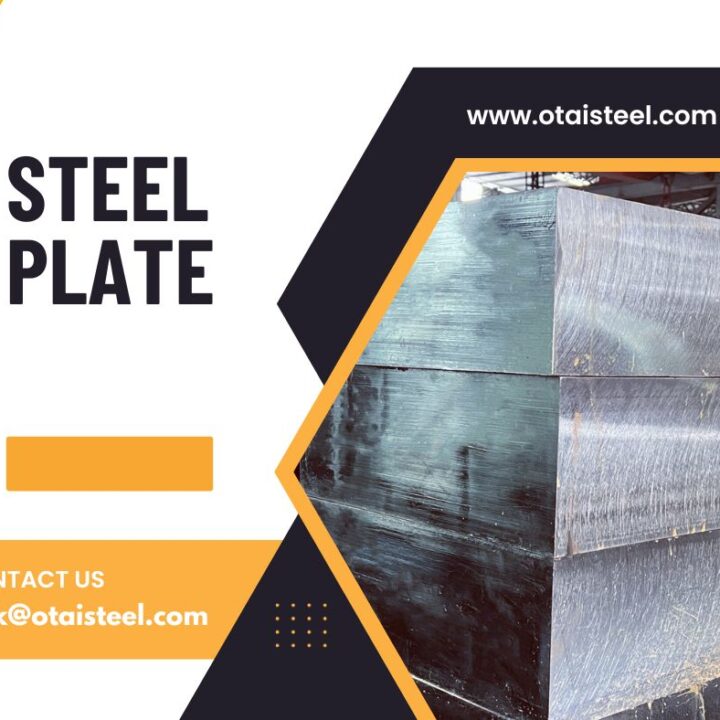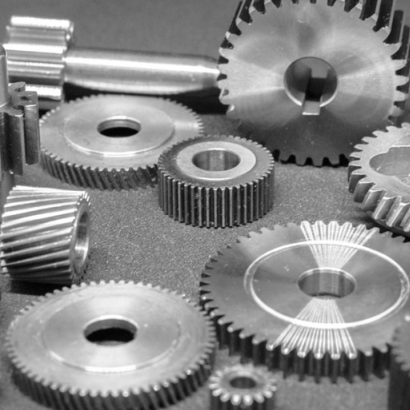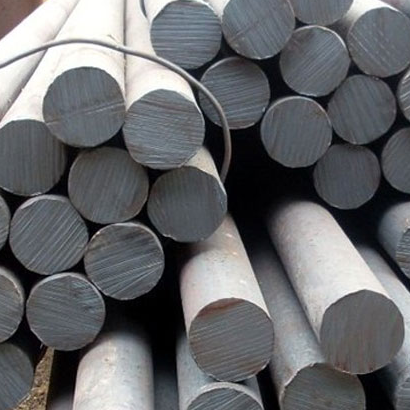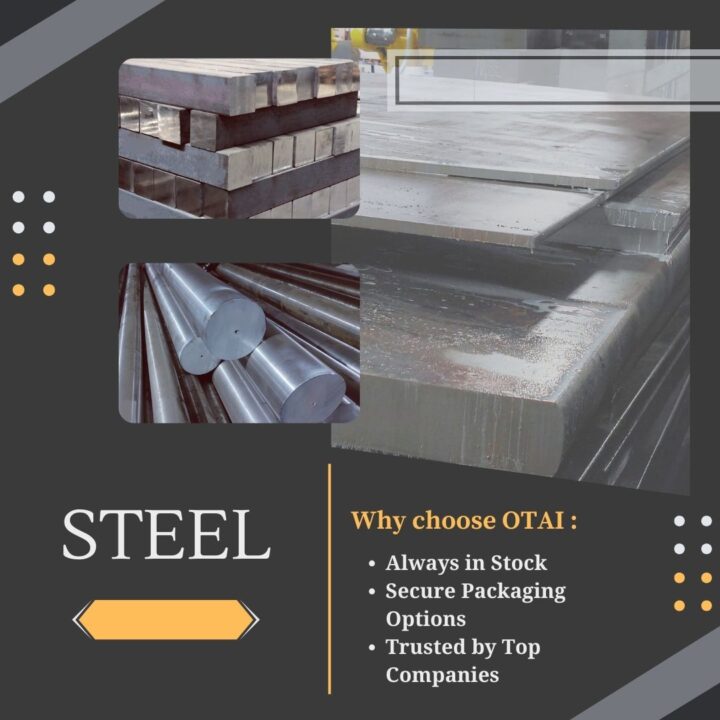8620 steel is a low-alloy steel that falls within the category of case-hardening steels. It possesses a well-balanced combination of hardness and ductility, making it ideal for applications requiring high strength and impact resistance.
Chemical Composition of 8620 Steel
The chemical composition of 8620 steel is carefully formulated to achieve its desired properties. It typically consists of elements such as carbon, manganese, chromium, nickel, molybdenum, silicon, and small traces of other elements. Each element contributes to specific characteristics of the steel.
Key Properties of 8620 Steel
The key properties of 8620 steel include excellent hardenability, high core strength, good toughness, and wear resistance. These properties are crucial for applications that demand durable and reliable components.
The Role of Carbon
Carbon is one of the primary alloying elements in 8620 steel, enhancing its strength and hardness through the formation of carbides during heat treatment. The carbon content plays a critical role in tailoring the steel’s mechanical properties.
Alloying Elements and Their Influence
Chromium, nickel, and molybdenum are significant alloying elements in 8620 steel. Chromium contributes to increased hardenability and corrosion resistance, while nickel enhances toughness and impact resistance. Molybdenum improves strength and hardenability, especially at elevated temperatures.
Heat Treatment and Its Impact
Heat treatment processes, such as quenching and tempering, are essential for optimizing the properties of 8620 steel. Proper heat treatment allows for the formation of the desired microstructure, ensuring the steel exhibits its full potential.
Microstructure and Mechanical Properties
The microstructure of 8620 steel is influenced by its chemical composition and heat treatment. Fine-grained microstructures result in improved toughness, while hardened regions contribute to hardness and wear resistance.
Applications of 8620 Steel
8620 steel finds extensive use in various industries, including automotive, aerospace, oil and gas, and heavy machinery. It is employed in critical components subjected to high loads, cyclic stresses, and impact forces.
Comparison with Other Steels
In comparison to other steels, 8620 exhibits a unique balance of properties. It offers superior toughness and ductility compared to higher carbon steels, while still maintaining considerable hardness and strength.
Environmental Considerations
The environmental impact of 8620 steel production and usage is a consideration in sustainable engineering practices. Efforts are made to optimize material usage and recycle steel to reduce the overall ecological footprint.
Challenges and Future Directions
One of the challenges in working with 8620 steel lies in balancing its properties during alloying and heat treatment. Future research aims to refine the material’s composition and processing techniques for further improvement.
As technology advances, 8620 steel continues to be an essential material for a wide range of industrial applications, setting new standards for performance and reliability.
